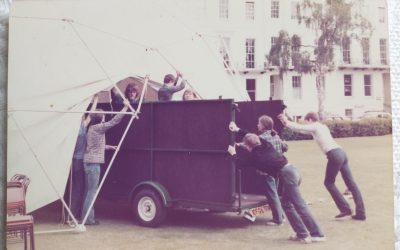A friend has been telling me about a DVD of cellist Bernard Greenhouse giving masterclasses. Greenhouse spoke about the great Catalan cellist Pablo Casals, with whom he had studied. Casals was well-known for his love of smoking a pipe. Asked how much he smoked, he once replied, ‘As much as possible.’ Lighting his pipe when seated at the cello, he let the spent matchsticks fall where they would; sometimes they fell on to the cello and disappeared through the slender F-holes into the body of the instrument. Once inside, the matchsticks could not easily be removed, and so the cello used to rattle when moved about.
This casual attitude to a valuable instrument (Casals’s cello was a Venetian instrument made probably by Goffriller in about 1730) is awfully different from the one displayed today by people who own similar instruments and are terrified by the responsibility. Prices of string instruments have now risen so high that for many players it can be a choice between buying an instrument and buying a house. Unwilling to be put in that position, many talented players try to put together a syndicate of buyers who invest in the instrument and are legally its owners. Quite apart from the instruments’ musical and emotional value, they have a certifiable financial worth, one that is annually re-appraised if shares in it are to be bought or sold.
All this has created a climate where players of such instruments might feel like doing ritual penance if they let smouldering matchsticks fall into the F-holes. The Casals pipe-smoking story made me feel somehow nostalgic for an era when an instrument was just that, a means to an end, not a unique historical artefact whose value is known and celebrated across the world.




0 Comments